Q1: At first, congratulation that your nice image won #ASIWEEK. Can you introduce yourself to us?
Thank you for selecting me for ASIWEEK: it is an honor. My name is Jonathan Piques and I live in Richmond, Virginia in the United States with my daughter. Outside of astrophotography, I am also interested in cooking, landscape photography, and playing guitar (badly).
Q2: Why do you love astronomy? How did you start astrophotography?
I have always had a general interest in space from an early age. I kind of fell into astrophotography, however: I started off in landscape photography and did that for a number of years, but as life got busier I found I had less and less time to get out in the field to take photos. Then one day I came across an image of the Andromeda galaxy I saw someone post somewhere. I read how they captured it and was surprised to learn that images like that were possible with amateur equipment in your backyard! From there, I captured my first Milky Way images was hooked: before long, I had purchased a full astrophotography rig and it was down the rabbit hole from there.
Q3: What gear do you use? Any pictures of them?
My scope is an Orion Optics UK AG12 riding on a Paramount MX+. For years, my main imaging camera was an ASI1600MM Pro, and it was a fantastic camera. I recently upgraded to the ASI2600MM Pro, however, and I love it: specifically, I appreciate that it’s got a larger chip to capture a wider FOV, noticeably lower noise, and a significantly deeper well. It is connected to the ZWO 7 position filter wheel with Chroma filters and ZWO M68 OAG with ASI290MM Mini Guide Camera.
Q4: Your winning picture the Cat’s Eye Nebula is magnificent! Can you tell us how did you capture it?
Thank you! It was definitely one of the more challenging images I’ve ever attempted. What makes it so difficult is the huge dynamic range: you’ve got an ultra bright, tiny core surrounded by a faint gas halo. Both capturing and processing this were complex.
The halo is the easier of the two by far: five-minute exposures of Ha, Oiii, and Sii revealed a very strong signal in Oiii, decent signal in Ha, and faint but visible signal in Sii.
Step 1: stacked 5 minute Ha subs to expose for the fainter halo: note the overexposed core
Exposing for the core, however, was a different story. It contains a lot of interesting structure, if you use Hubble and other images for reference: it’s a series of interlocking bubbles surrounding a single central star. All that detail required careful exposure to make sure I didn’t overexpose and blow it out. I tried two minutes. Nope: blown out. One minute: nope. 30 seconds: negative, big bright blob. At this point, I am sweating because if I went any lower and I doubted I would have enough other stars to register properly. Then in the middle of this trial and error, my new ASI2600MM Pro arrived: its well depth is over twice that of the ASI1600MM Pro, so 30 second exposures did in fact work out without dramatically overexposing the core, and retained plenty of other stars to boot. Whew.
Step 2: separately stacked 30 second Ha subs to expose for the detail in the bright core: note almost nothing else is visible
When it came to processing, given the massive dynamic range, I had to take a layered approach: I created Ha, Oiii, and Sii submasters for the halo, and a separate set of submasters for the core detail, which fortunately I was able to capture both the rings and the single core star, even if they were approaching the very limits of my image scale. I then combined the core and halo submasters using masking techniques in Pixinsight and Pixelmath to create master Ha, Oii, and Sii images which were then combined into an RGB image using Pixelmath. From there it was just basic sharpening and noise reduction, a few curves adjustments to taste.
Step 3: Combine 5 minute and 30 second stacked subs using masking to create an Ha masters that shows both the fainter halo and the detail in the bright core
Q5: How do you normally do post-processing? Would you like to share with us your workflow?
I do 95% of my processing in Pixinsight, and only use Photoshop or Lightroom for the very last finishing touches to colors or curves.
In Pixinsight, after Blinking through the images and using SubframeSelector to discard any bad subs, I start with the WeightedBatchPreprocessing script to create masters for the various filters. From there, it’s often some combination of the MureDenoise script, Deconvolution, and DynamicBackground Extraction. Then I usually combine in either ChannelCombination or PixelMath (if narrowband) and make non-linear using HistogramTransformation, though sometimes I’ll use ArcSinStretch or MaskedStretch.
From there, it’s refining using a variety of tools, depending on what the image needs: HDRMT for detail, CurvesTransformation for color/brightness, star de-emphasis using Adam Block’s technique, DarkStructureEnhance script, noise reduction via TGVDenoise or MLT, sharpening with UnsharpMask, etc… There are a variety of other processes I’ll use, too, but those are the major ones.
Cat’s Eye Nebula. Equipment: Orion optics UK AG12+ASI2600MM Pro+Software Bisque Paramount MX+. Integration: 24h 20′.
Q6: Do you interest to re-process the old data you collected before? Or you prefer to capture new data?
I don’t think I’ve ever used old data, though I’m not against it. Every image I capture usually involves something new, however: either a new or refined capture or processing technique, a unique framing, etc… so I may not always be able to use old data.
Crescent Nebula in Bicolor. Equipment: Orion Optics UK CT8+ASI1600MM Pro+Skywatcher EQ6-R PRO. Integration: 23h 40′.
Q7: Astrophotographers tend to travel to dark places to take photos. Do you have such experiences? Is there anything interesting that you can tell us?
I usually only travel to dark sites for Milky Way photography using my digital camera and iOptron Skyguider Pro. My telescope and mount are *technically* portable, but portable in the sense that a refrigerator is portable: it’s big and a lot of work to move and set up/take down, but it’s possible.
That said, as I’ve sought out darker and darker sites, I’ve learned the value of such places in terms of ability to capture better images: it really makes a huge difference. I remember the first time I imaged in a truly dark site and just being blown away with the numbers of stars I could see, the detail I could see in the Milky Way with the naked eye, and the quality of the images I could see just from the back of the camera. I experience that same little thrill every time I make the trip to a dark site, and that’s part of the reason I will be relocating my scope to Deep Sky West to a leased pier in September.
The Cygnus Wall. Equipment: Orion Optics UK CT8+Orion 60mm Guide Scope+ASI1600MM Pro+Skywatcher EQ6-R PRO. Integration: 18h 10′.
Q8: When is your most exciting moment during a whole astrophotography project?
In general, I always get really excited to see a final stacked master of a given filter, especially if it’s a new target, new equipment, new way of capturing. Just exploring the detail I’m able to capture is so much fun.
The first time I ever said “WOW!” out loud, though, was seeing the final Oiii stack of Sharpless 129, the Flying Bat and Squid Nebula. This object is ridiculously faint: so much so that every sub just looked like a blank star field and I began to doubt my own sanity. It was only after capturing and stacking something like 12 hours of Oiii data that I began to see the very faintest glimmers of the “Squid”: I couldn’t believe it! I ended up shooting **55 hours** of Oiii data to get a sufficient amount for it to show up with any real detail. It was a slog but so exciting to finally get it.
The Lion Nebula. Equipment: Meade 70mm Astrograph Quad APO refractor+ASI1600MM Pro+Skywatcher EQ6-R PRO. Integration: 23h 5′.
Q9: What do you think astrophotography has brought you during these years? Does it change you in some ways?
Outside of learning an awful lot more about space and the complexities of capturing and processing images to maximize signal to noise, in general, I have learned to problem solve much, much better, both mechanically and with software. Getting all the pieces of equipment and software to work together smoothly and then troubleshoot when things go wrong takes a degree of patience, creativity, and critical thinking with minute details of mechanical and software systems that I just did not have when I started four years ago.
The Lion’s Head – LDN 1161. Equipment: Orion Optics UK CT8+ASI1600MM Pro+Skywatcher EQ6-R PRO. Integration: 25h 6′.
Q10: Are you active in any astronomy clubs or associations? Do you think it is necessary for new beginners to join local astronomy clubs?
I am a member of my local astronomical society and I have leaned on them for advice over the years. The online community—forums like Cloudy Nights or Stargazer’s Lounge—has also been extremely helpful. Those forums are usually the first place I turn whenever I have a problem that needs to be solved or I am contemplating a new piece of equipment or technique. I doubt I would have ever even been able to purchase a rig or process an image without the support of those communities.
NGC 2174 (Monkey Head Nebula). Equipment: Orion Optics UK CT8+ASI1600MM Pro. Integration: 15h 10′.
Q11: How did you know ZWO? What was your first ASI camera?
I first learned of ZWO through those online communities like Cloudy Nights. My first camera was the ASI1600MM Pro and it was a phenomenal camera and perfect for me at the time.
Pacman Nebula (NGC 281). Equipment: Orion Optics UK CT8+ASI1600MM Pro+Skywatcher EQ6-R PRO. Integration: 25h 15′.
Q12: You use ASI2600MM Pro. It’s a very new camera. How do you like it, are you satisfied with its performance?
I love it: it’s exactly the step up I needed from the ASI1600MM Pro. When I bought the AG12 scope, I wanted to take advantage of the larger image circle, so needed to upgrade chip sizes, but didn’t need the full frame of the ASI6200MM. The APS-C size sensor in the ASI2600MM Pro is ideal for my scope. It also features noticeably lower noise and the far deeper well makes images like the Cat’s Eye Nebula possible—I know I would’ve been able to do it as well with the ASI1600MM Pro.
ZWO ASI2600MM Pro with full ZWO imaging train.
Q13: What needs do you have for the future ASI cameras still under developing?
- A larger-than-full-frame sized sensor with larger pixels, similar to what’s in my Fujifilm GFX 50R camera I use for landscape and Milky Way photography. If / when I upgrade to a scope with an even larger image circle (say, one of Planewave’s CDK scopes, a Takahashi FSQ, or an AG Optical CDK), I want to be able to take advantage of that. You would also need to produce a filter wheel that can support the larger square filters needed for such a large chip.
- A rotator. I would love a ZWO rotator that is designed to fit within the ZWO imaging train. I will be moving to a remote observatory in a couple of months and an automated rotator is essential if I want to be able to change camera angles from 2000 miles away.
The Veil Nebula. Equipment: Orion Optics UK CT8+ASI1600MM Pro+Skywatcher EQ6-R PRO. Integration: 14h 55′.
Q14: Do you have any other feedback or suggestions for ZWO?
Keep doing what you’re doing! Particularly developing a community of astrophotographers: most people I know make purchase decisions or problem-solving decisions based on feedback from other imagers. It’s very much a word-of-mouth, almost apprentice-style hobby, at least based on my own experience and observations. Anything you can do to promote that community advances the accessibility of the hobby to others and gives ZWO plenty of feedback for new development.




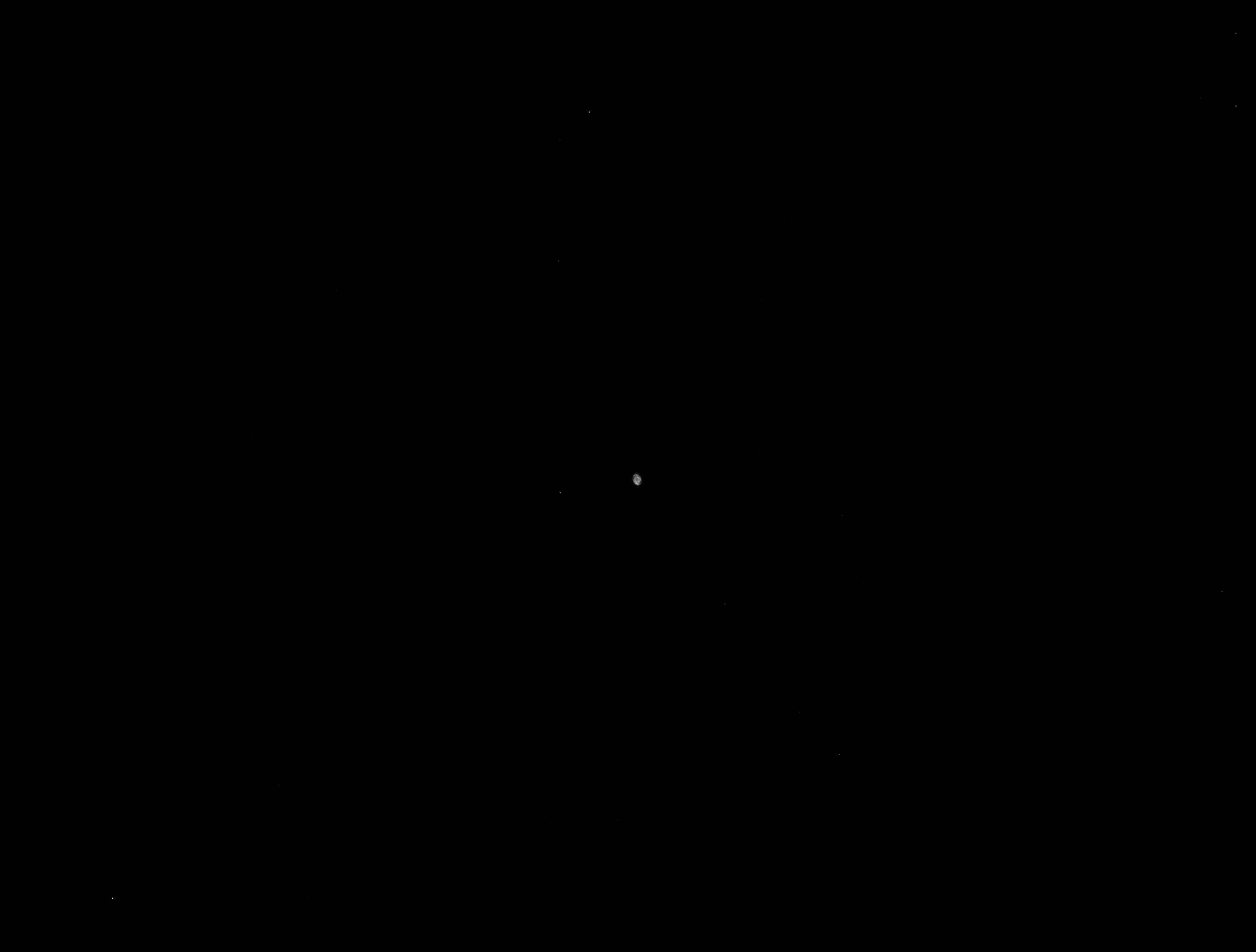


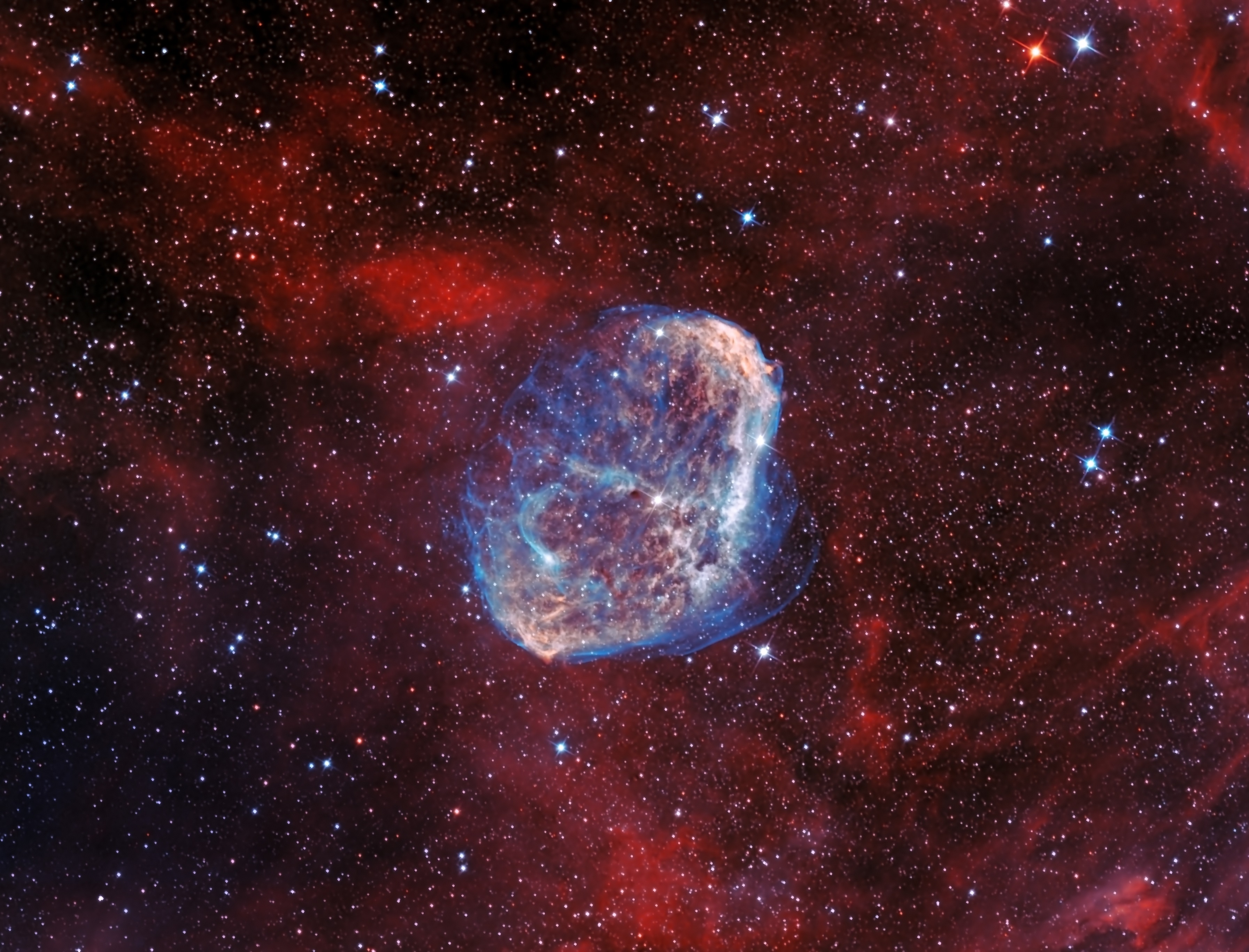


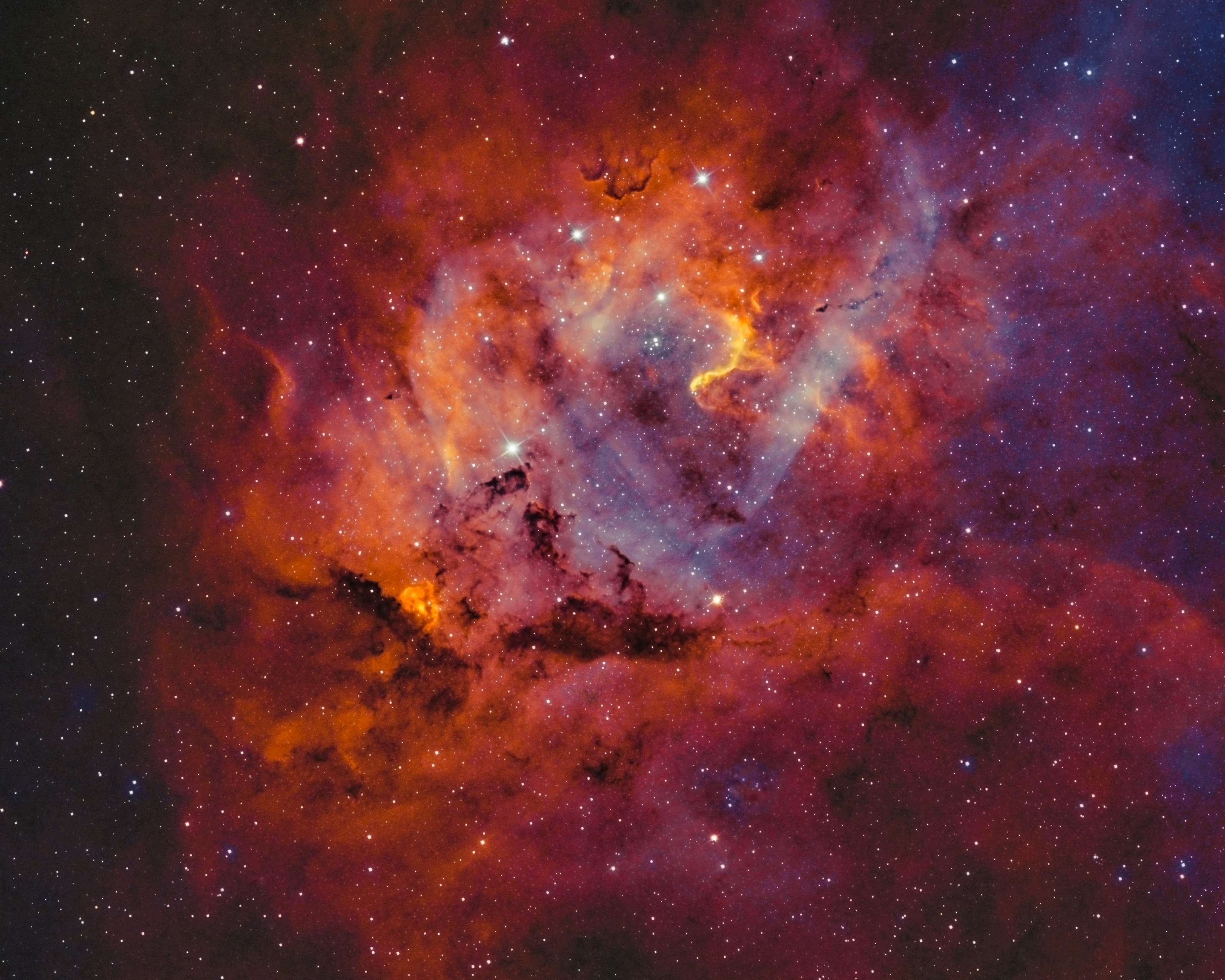
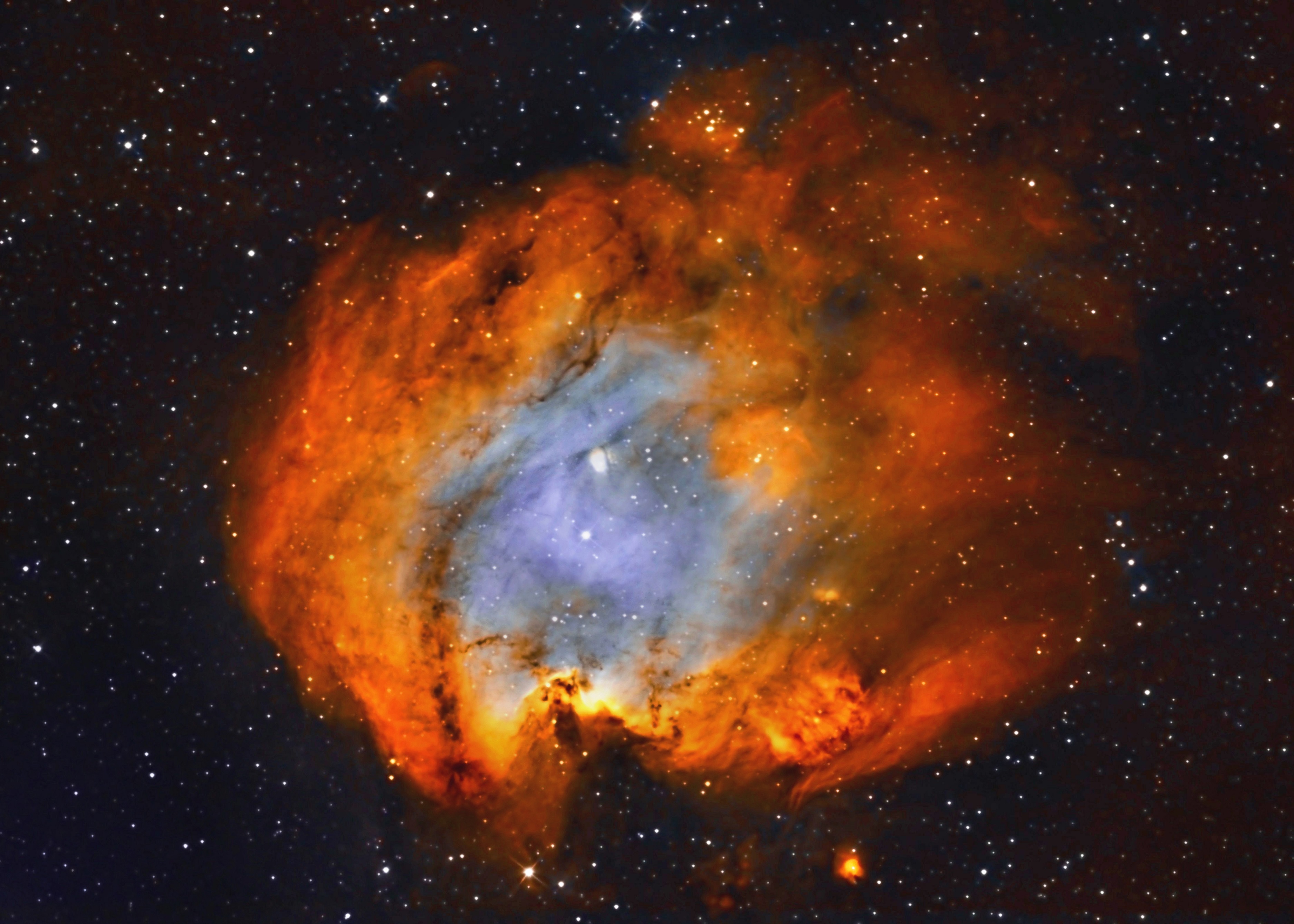
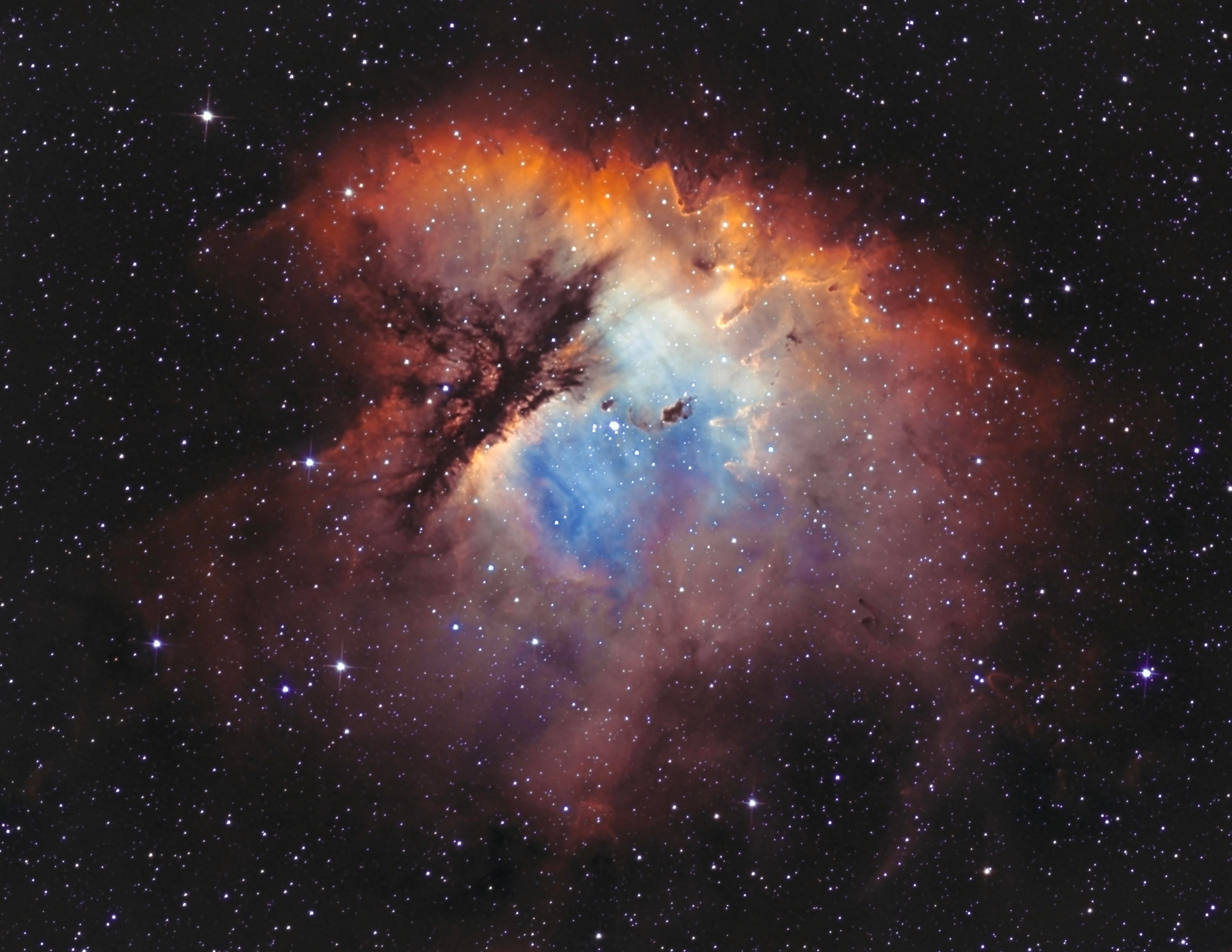

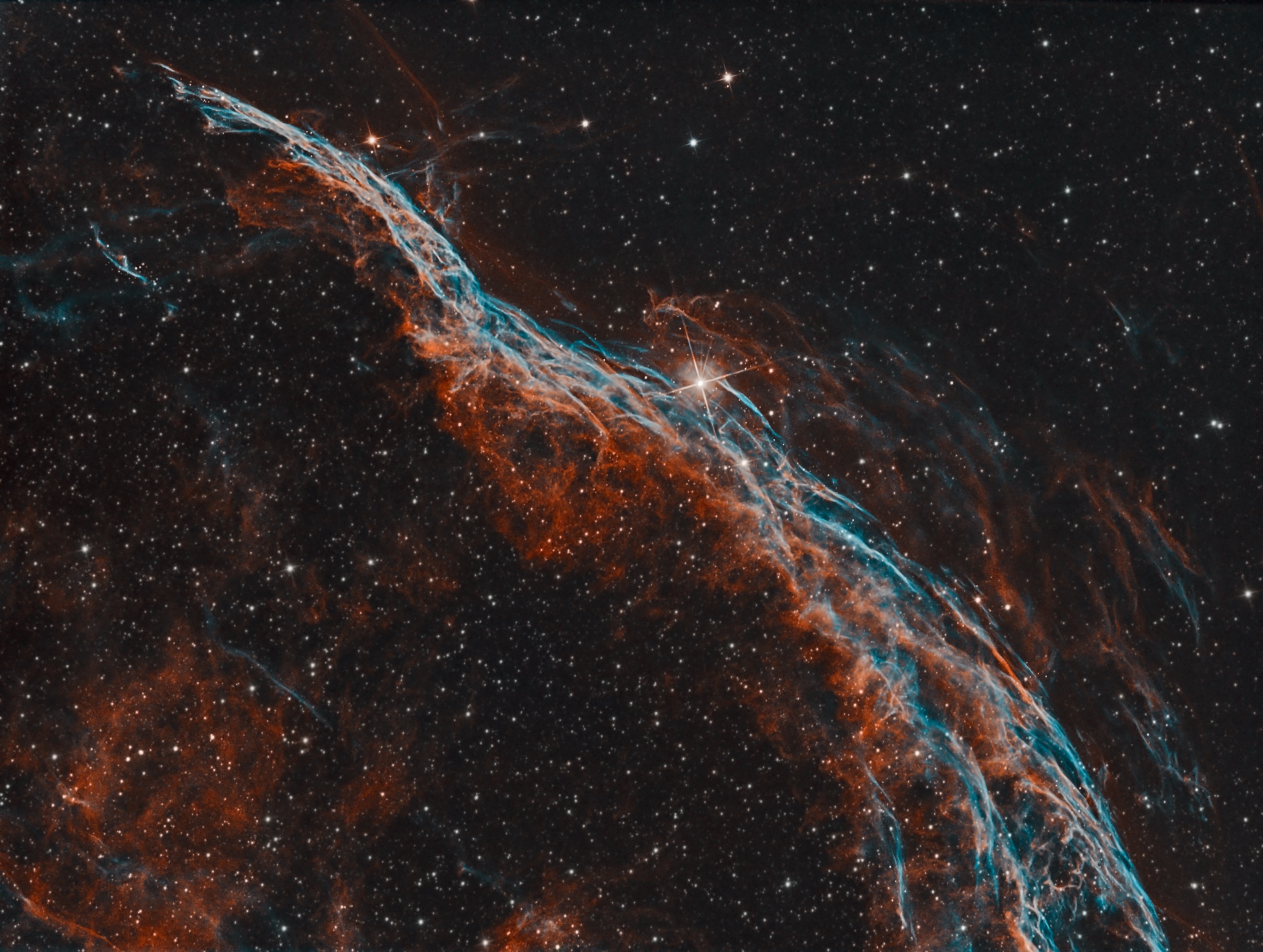
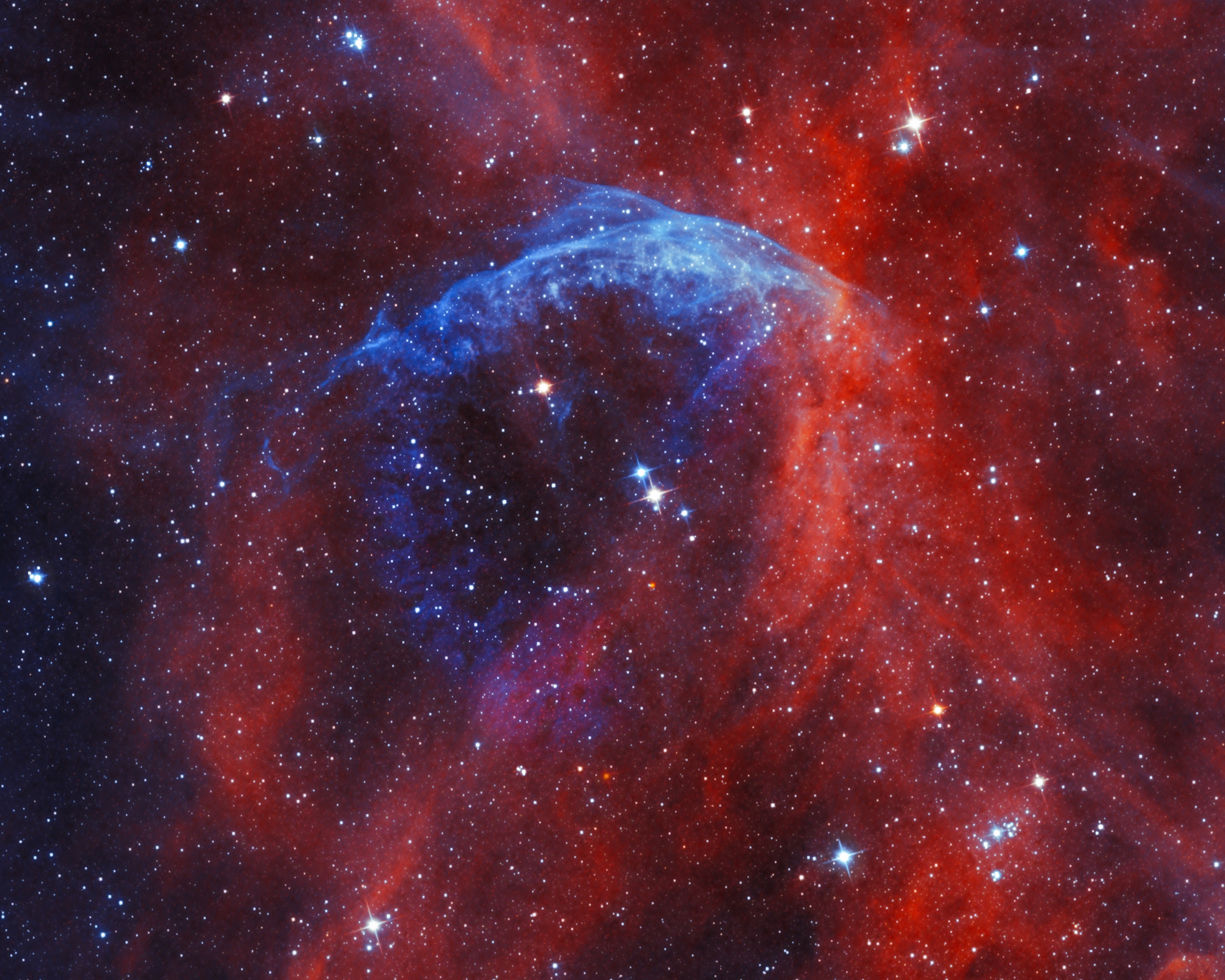
Does Jonathan Piques sell his wonderful sky pics. Please forward my email to see if he would consider
0
0